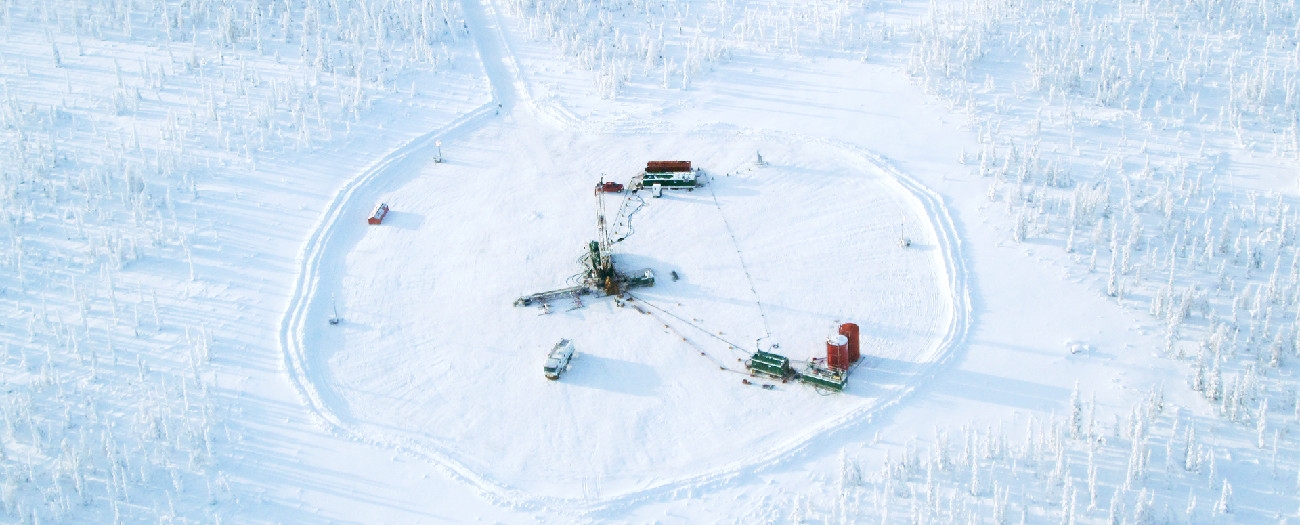The AER lends its peer to the North a helping hand
Alberta - January 14, 2018How do you build a great regulator? This was the million-dollar question James Fulford asked when the National Energy Board stopped its oversight of most of the Northwest Territories’ onshore energy development activity.
So Fulford, the executive director and chief conservation officer of the Northwest Territories’ (NWT) Office of the Regulator of Oil and Gas Operations (OROGO), turned to the Alberta Energy Regulator (AER) for assistance. In March 2014, the AER and the Government of the Northwest Territories entered into a service agreement that would help shape the NWT’s regulatory policies and practices.
James Fulford, executive director and chief conservation officer, OROGO
The AER has been incredibly helpful with their part in helping to build OROGO, and we think it’s a cool experience for AER staff to work with us, as well.
“It’s generally recognized that the AER is a premier regulator in Canada—or even the world, which is exactly what we’ve experienced; it’s hard to list all of the great experiences we’ve had,” explains Fulford.
“There was little oil and gas regulatory capacity in the Northwest Territories, and we initially had only three staff to perform functions at the time. Being able to look to the AER was a big help for us, and it allowed us to build up our own capacity carefully, and methodically.”
While all existing production within OROGO’s jurisdiction is shut in, the potential is significant, particularly in shale formations.
According to a May 2015 study, 1.45 billion barrels could be recovered from the Canol Shale in the Sahtu region; in the same region, the Bluefish Shale could contain 46 billion barrels of oil in-place. Meanwhile, a 2016 study on the Exshaw and Patry shales in the Liard Basin (which overlaps BC, Yukon, and the NWT) shows they are estimated to contain 6.2 trillion cubic metres of marketable natural gas, 1.25 trillion cubic metres of which are found in the NWT.
The service agreement allows the NWT regulator to tap into the AER’s technical expertise on a fee-for-service basis; these fees are collected to reimburse the AER for the time and expertise of its staff. For example, AER staff have helped OROGO review applications for various well-operation authorizations, and OROGO has inspected field sites near the Arctic Circle with AER field inspectors. OROGO has also worked closely with AER closure and liability experts to develop guidelines for well suspension and abandonment.
Brad Hubbard, an AER employee who worked closely with OROGO at first launch, encourages employees to look into working with the NWT regulator through the agreement.
“From a technical perspective,” Hubbard says, “the work was very interesting and challenging. It’s a great opportunity for employees to apply their knowledge under different legislation.”
Hubbard and other AER subject-matter experts hosted several mini-training sessions on topics such as resource conservation and incident response for Fulford and his team when OROGO first launched. Hubbard was also appointed to chair two of OROGO’s earliest technical hearings.
“The AER has been incredibly helpful with their part in helping to build OROGO, and we think it’s a cool experience for AER staff to work with us, as well,” says Fulford.
He encourages AER staff to consider working with them through the service agreement. “We welcome AER staff to embrace the opportunities available through this agreement. People are provided the chance to travel to remote locations and create some unique experiences for themselves. I mean, where else can you see a muskox on a lease site?”
Samantha Peck, Writer


